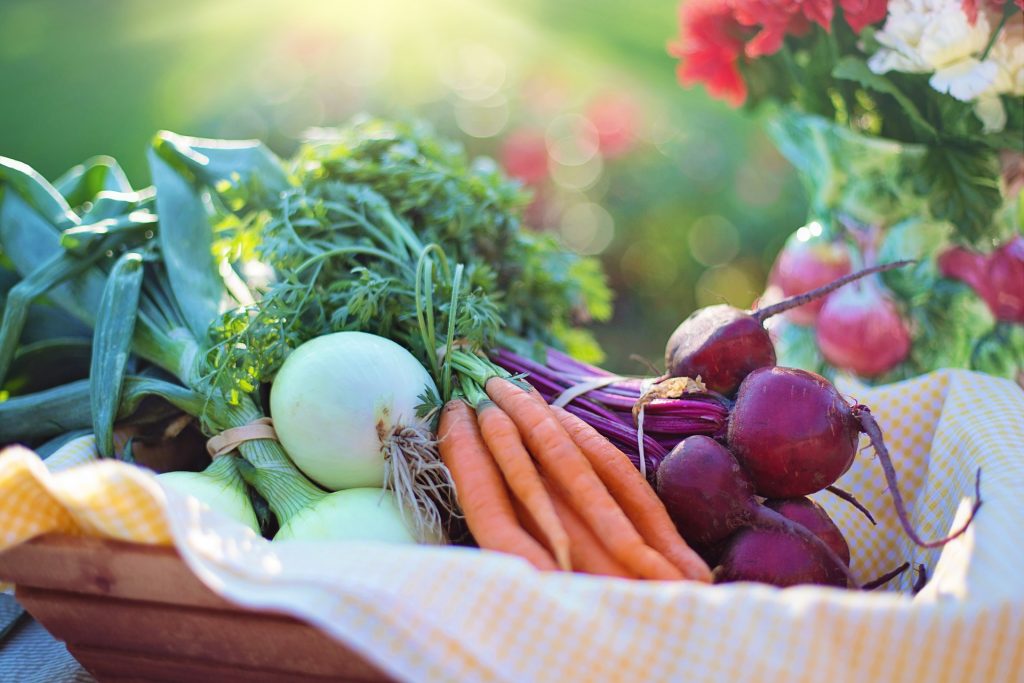Did you know that the average gross revenue of a food hub in 2017 was $2.4 million? Or that the most common types of customers for food hubs are restaurants and direct consumers? Or that the average number of vendor selling to a food hub was 55 in 2013?
“Findings of the 2017 National Food Hub Survey,” published in March 2018, details these and many more findings from a comprehensive review of the maturing food hub sector in the United States. The report reviews many aspects of a food hub business from finances to food safety, giving food hub stakeholders access to information that can help inform their decisions, based on a national survey of existing food hubs. You can learn more about the study’s results in a webinar hosted by the National Good Food Network at 3:30pm EST on Thursday, April 19, 2018.
“Counting Values: Food Hub Financial Benchmarking Study,” released in 2014 by the Wallace Center at Winrock International, Farm Credit East, and other partners, details financial and operational characteristics for food hubs in a way that can serve as performance indicators for other businesses in the sector.
Food hub stakeholders have an opportunity now to contribute to an update of research like this through the 2018 Food Hub Benchmarking Study. The study, according to the Wallace Center at Winrock International will collect financial and operational data from food hub businesses, standardizing and aggregating the data to develop sector insights and performance indicators. Hubs that participate in the study will receive and individualized benchmark report and technical assistance on using the report as a business tool. Learn more about how to participate in the study here.

According to the “Findings of the 2017 National Food Hub Survey,” fresh produce and herbs are the most common products sold by food hubs in the U.S.